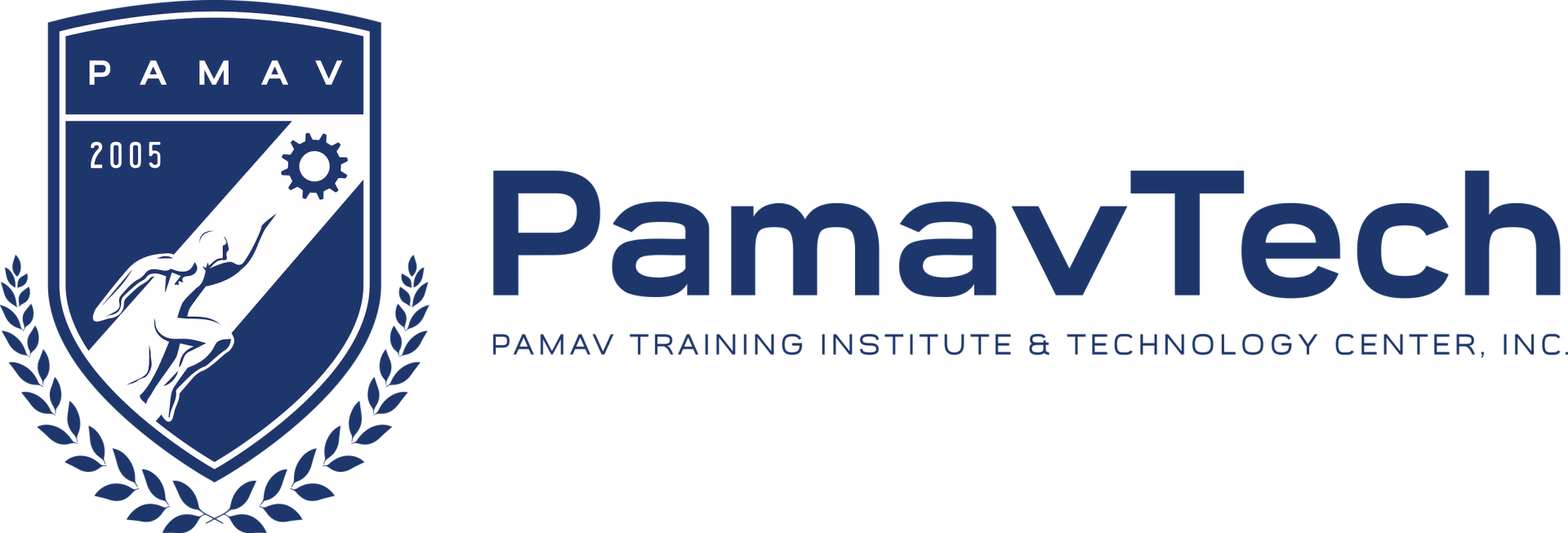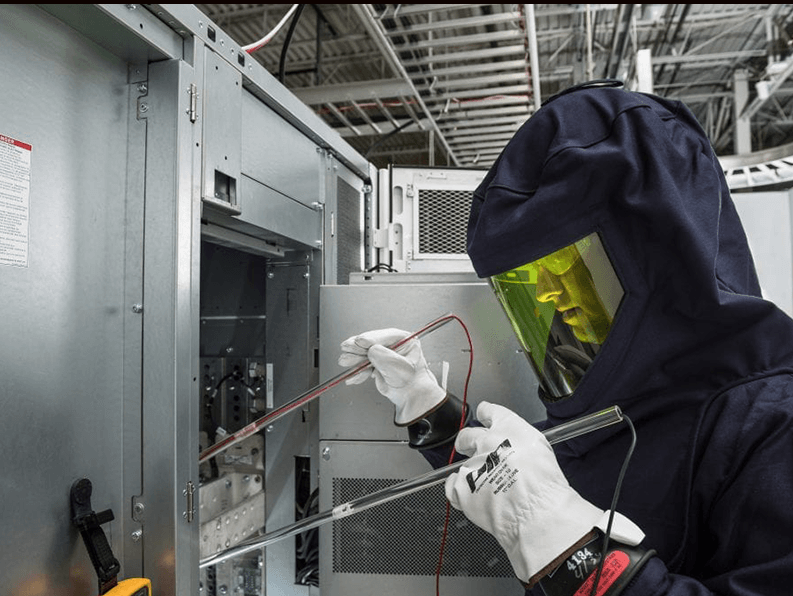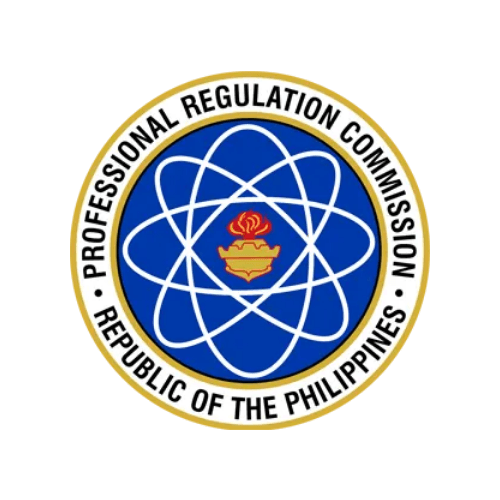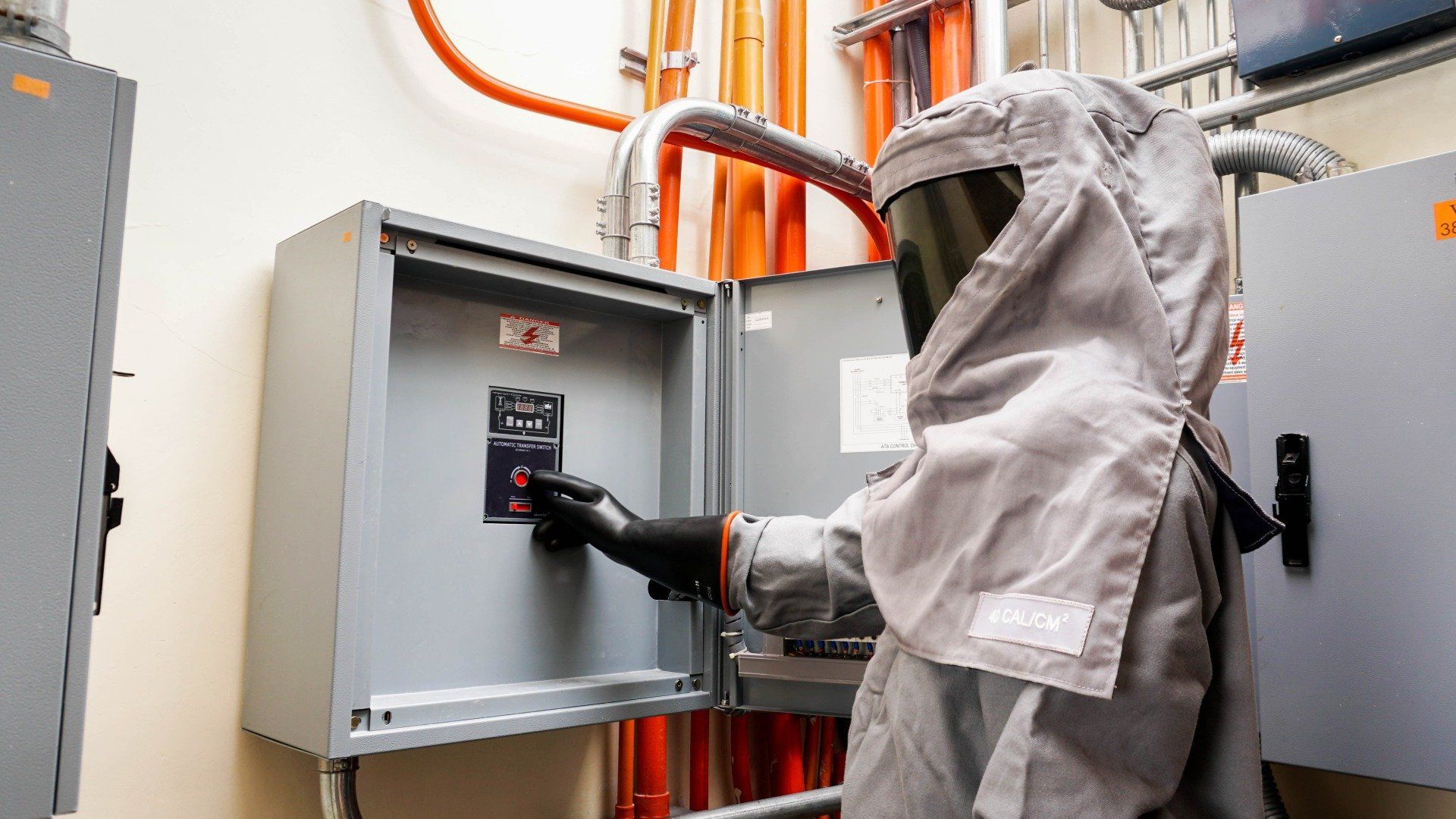Technical Programs
Electrical Safety in the Workplace for Mission Critical Facilities
This program will discuss excerpts from NFPA 70E Electrical Safety In The Workplace, its theory, applications and practices that relates to work practices necessary to prevent workplace accidents. The program involves topics for the protection of workers and the physical assets in the workplace hence, promoting a safe and healthy environment.
What you will learn from this program:
Safe work practices and Electrical hazards
Work area safety and Electrical systems
Online monitoring of insulation resistance and residual current measurement for mission-critical facilities in accordance to IEC 60364 “Protection Against Electrical Shock”
System Protection for Grounded Systems
Review the basic and fundamental principle of Arc flash hazard
Overview of incident energy and arc flash boundary calculation process based on IEEE 1584-2018
This program is for:
Top Courses
Electrical System Protection Coordination
Power System Analysis are an essential part of electrical power system design. Load flow analysis, short circuit analysis, and protection coordination are necessary to verify that the electrical system including the system components, are correctly specified to perform as intended, withstand expected stress, and be protected against failures.
Electrical Safety in the Workplace for Mission Critical Facilities
This program will discuss the Electrical Safety-related work practices necessary to prevent workplace accidents. The program involves topics on preservation and protection of both the workers and the physical assets in the workplace hence, promoting a safe and healthy environment.
Arc Flash Risk Assessment
Proper implementation of Arc Flash Risk Assessment can significantly reduce injuries from Arc Flash and Arc blast events.
